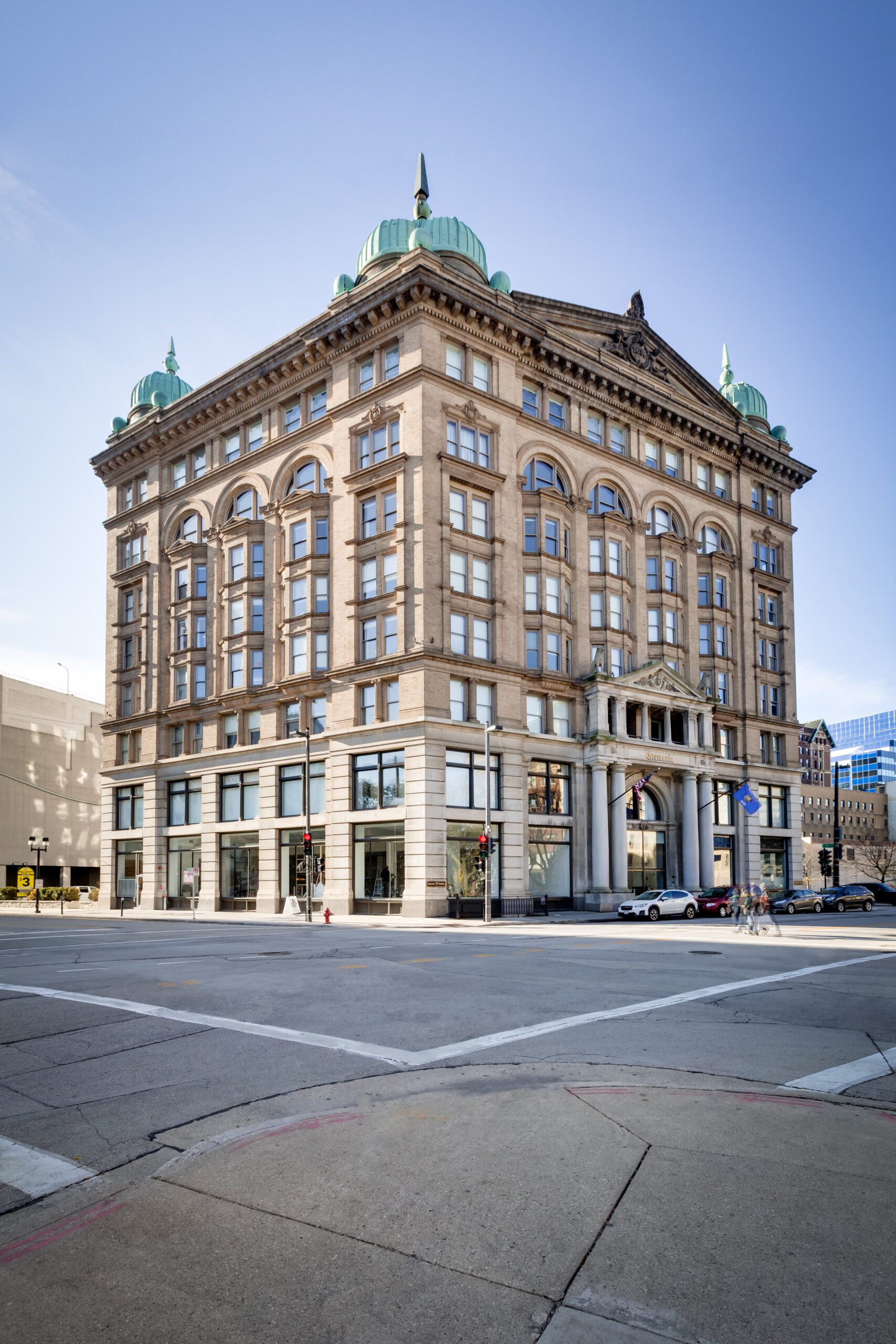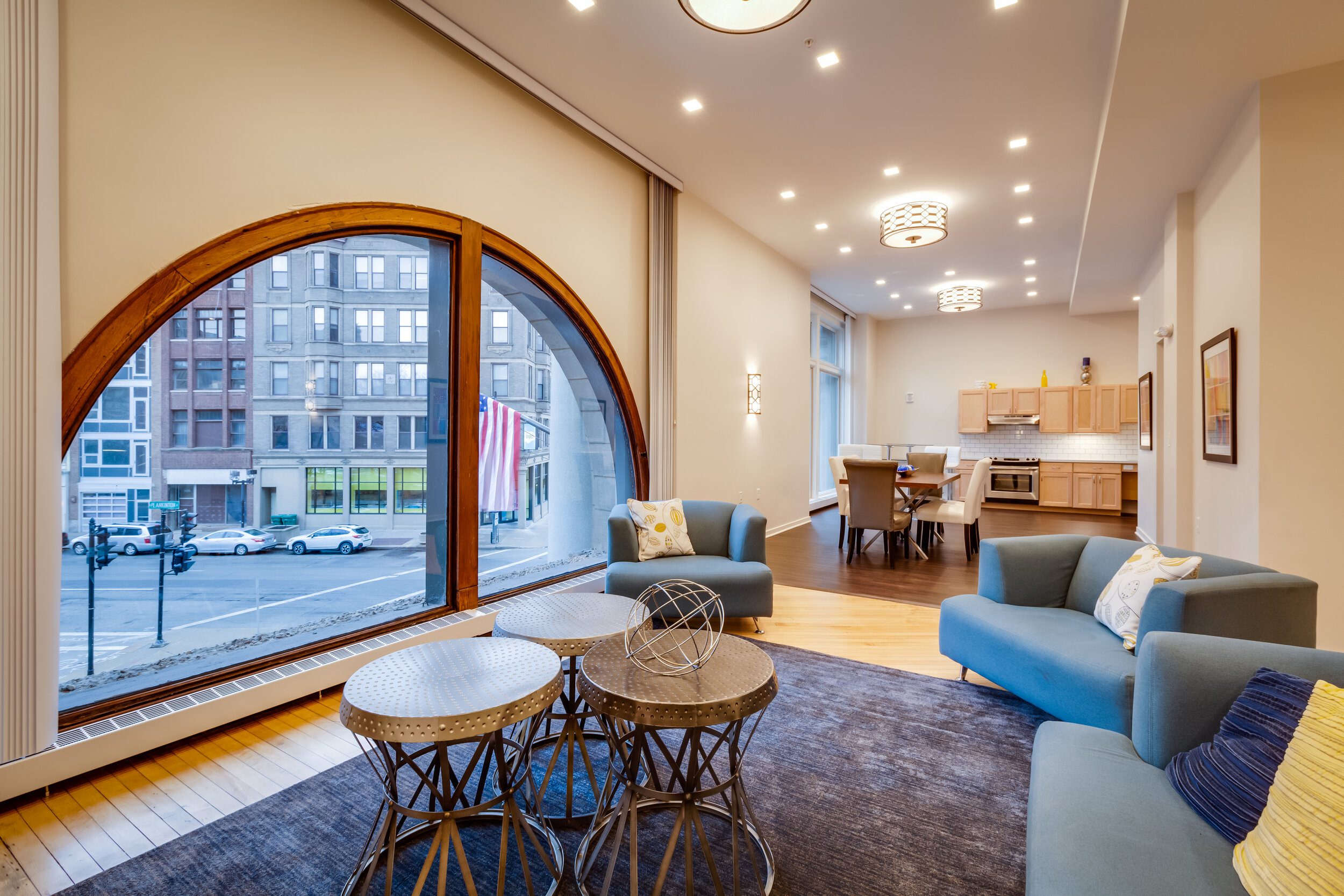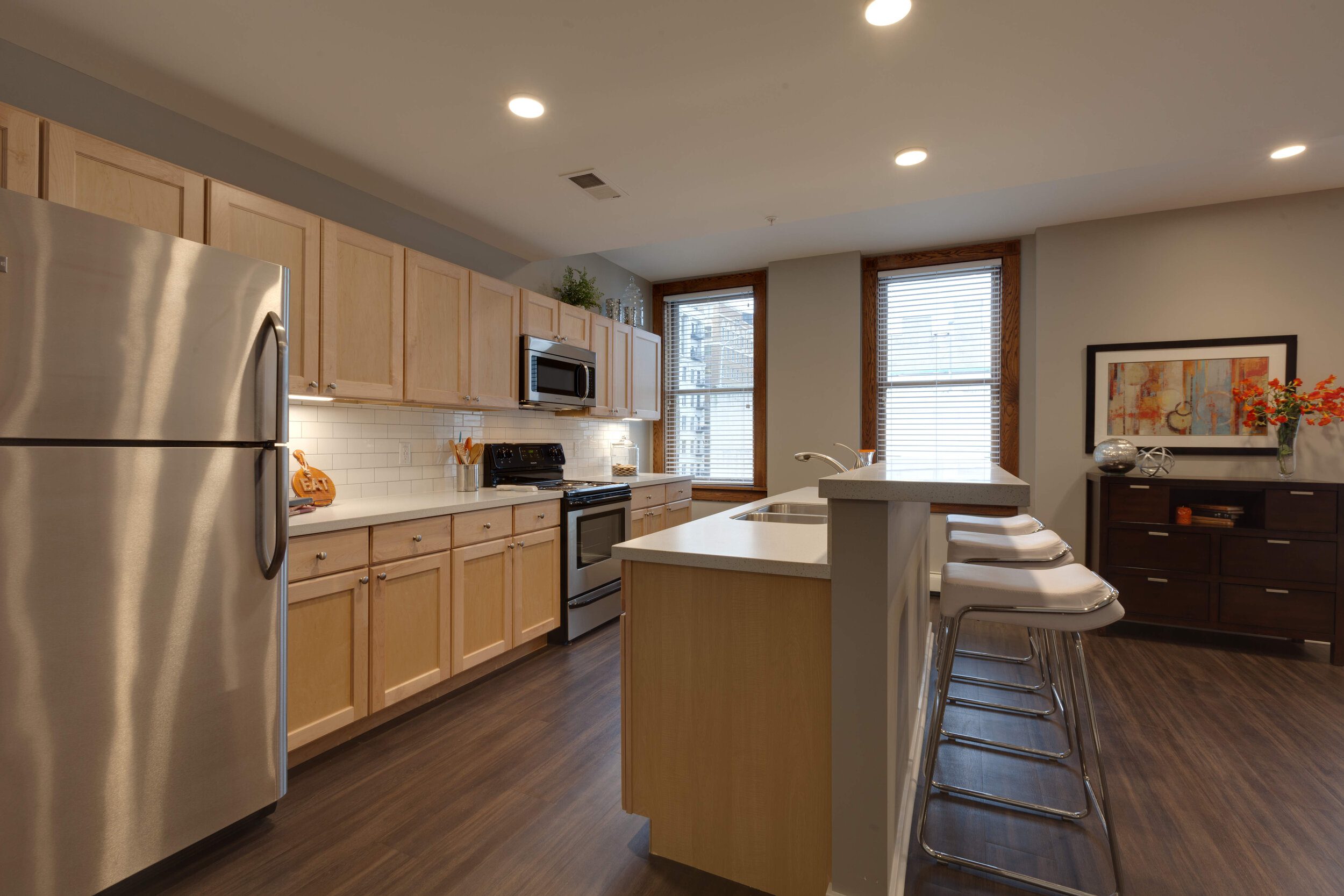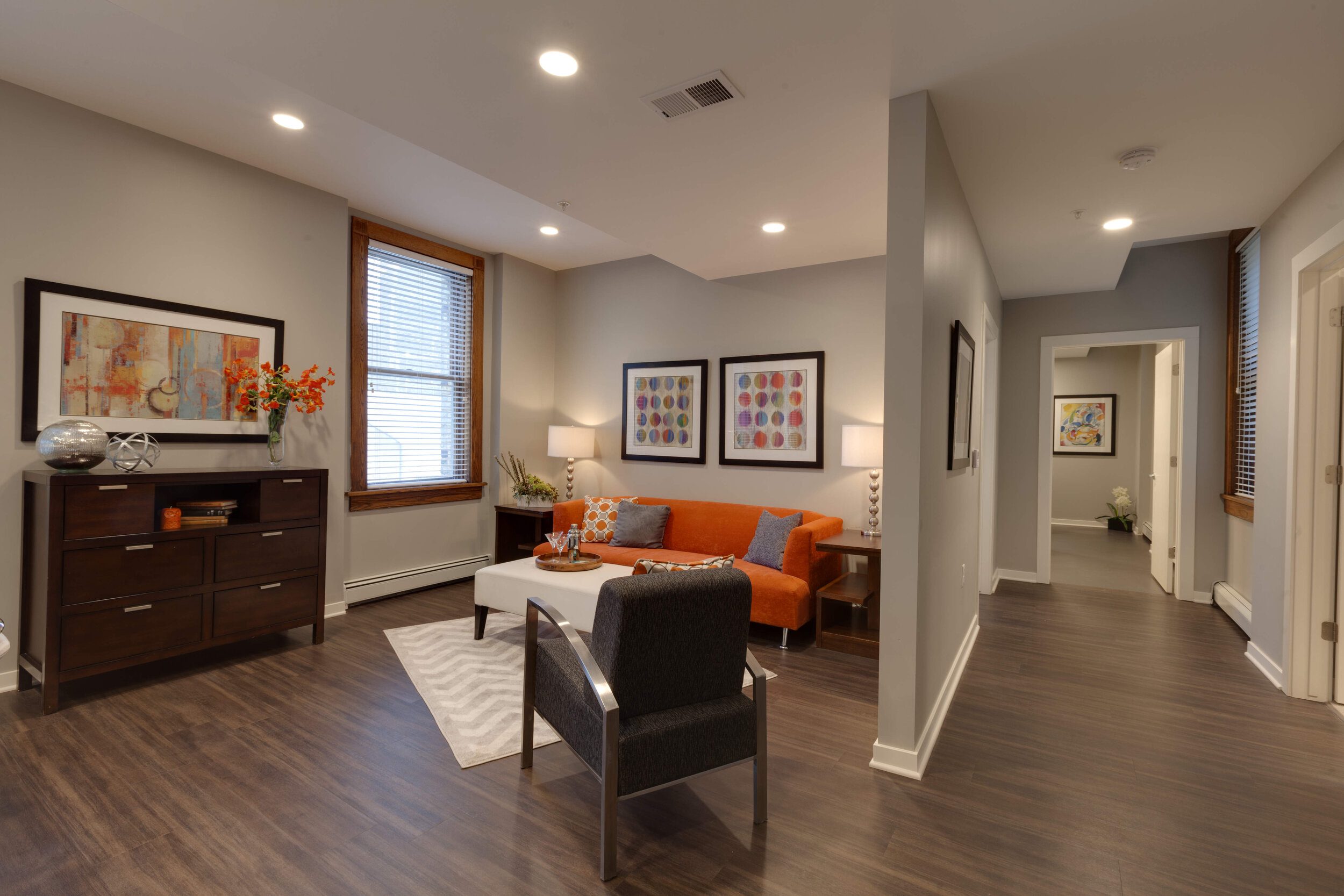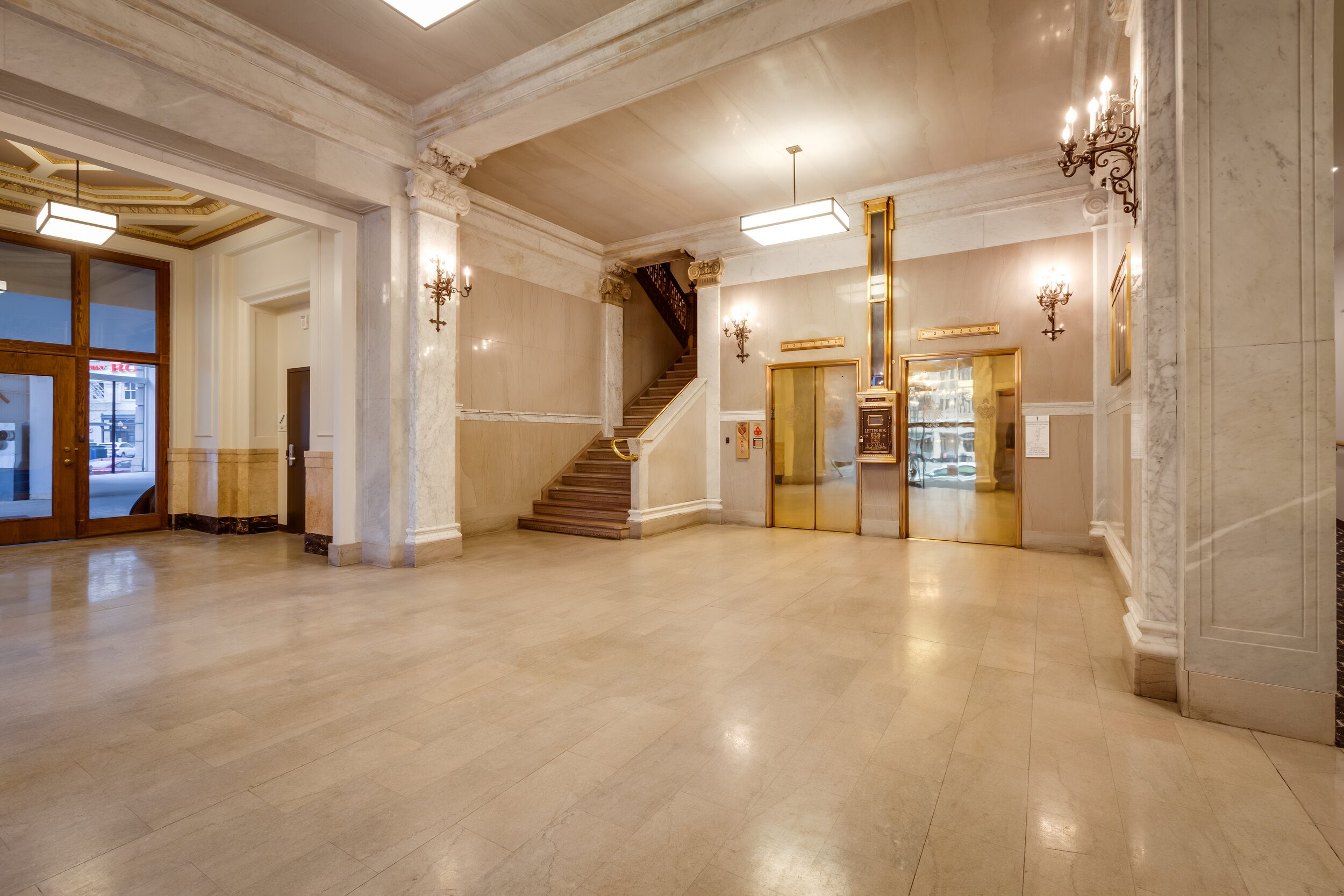This case study highlights the impact of the Federal Historic Preservation Tax Incentives Program for property owners who undertake a substantial rehabilitation of a historic building in a business or income-producing use while maintaining its historic character. In addition, the program promotes the economic revitalization of older communities in the nation’s cities and towns, along Main Streets and in rural areas.
In 2018, Cardinal Capital Management, Inc. and its partners were awarded state and Federal historic tax credits for the rehabilitation of the Germania Building. Germania is a Milwaukee icon and was the city’s first skyscraper. Built in 1896, the eight- story, 110,000 sf steel frame building cost $300,000 – no mortgage. It was the world’s largest German newspaper building, at a time when Milwaukee had more local newspapers in German than in English. It fell on hard times in recent decades, twice passing through foreclosure. No longer functional as an office building, Germania has been reborn as an engaging collection of 90 one and two bedroom apartments. There are 14 distinct floor plans. Apartment sizes range from 462 to 1,207 sf. Each floor is configured somewhat differently, so no one unit is the same as any other. But all apartments have the same amenities, including full size washer and dryers, stainless steel appliances and quality finishes. All utilities, except unit electricity, are included. Building amenities include Club Room, Pet Spa, Fitness Center. All significant Historic features have been retained, including walk-in safes on each floor, marble foyers and stairways, and Germania’s signature windows. There is 7,000 sf of commercial space on the 1st floor.
Germania is an extraordinary mixture of tax credit and market rate apartments.
For more information, read the Germania Building case study on pages 18 & 19 of the Annual Report on the Economic Impact of the Federal Historic Tax Credit for FY 2018
